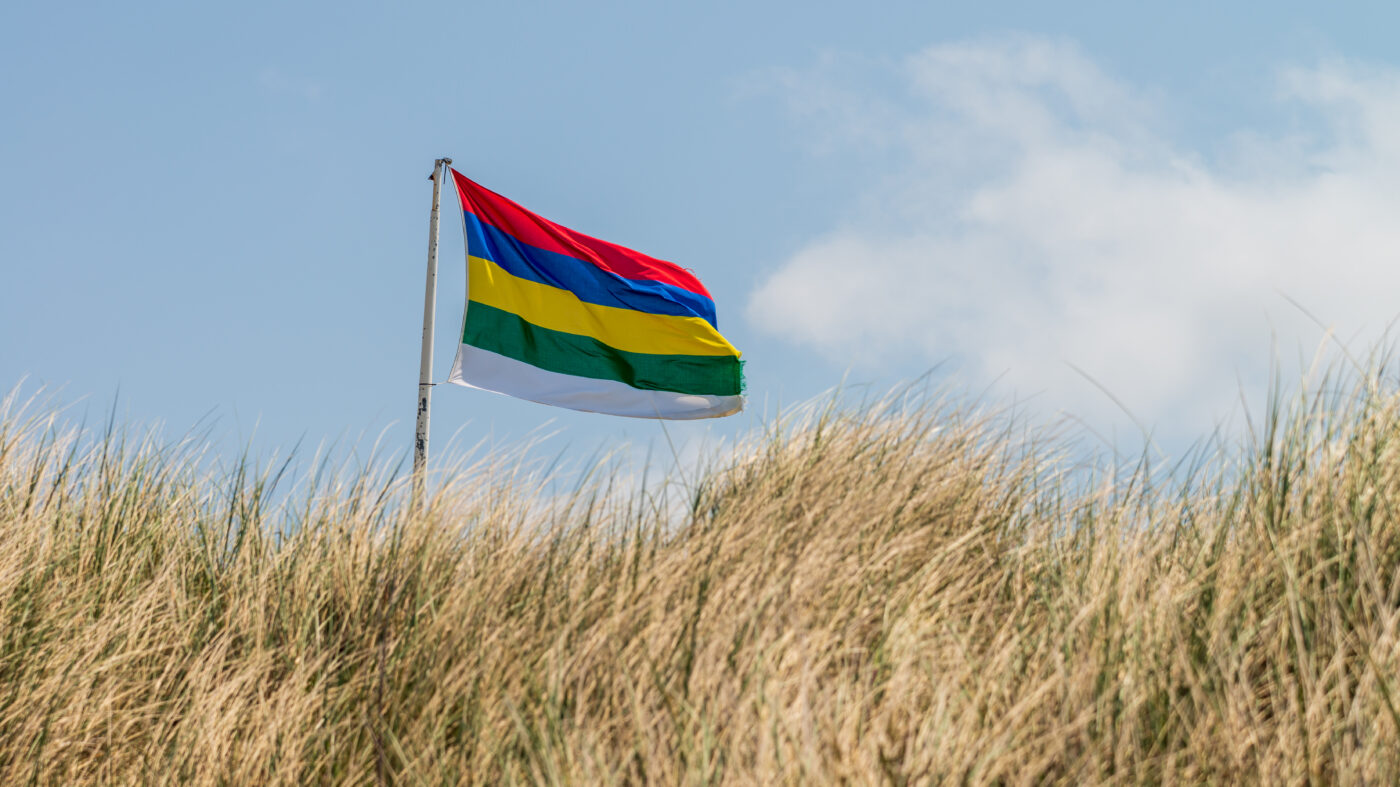Oerol is Terschelling, and Terschelling is Oerol. We are rooted here and work on the island all year round. But how well do you know our beautiful Wadden island? Get informed and learn more about what makes Terschelling so special.
Province
Terschelling, the third island of the Dutch Wadden Islands, is a municipality of the northern province of Friesland. That doesn’t mean they are proud Frisians! Terschellingers consider themselves true islanders, with a unique identity they are proud of.
Territory
Terschelling is almost the largest municipality in the Netherlands, with an area of 71,298 hectares. How is that possible? A large part of the Wadden Sea, including the bird island Griend, belongs to the municipality. The island itself is 11,575 hectares in size.
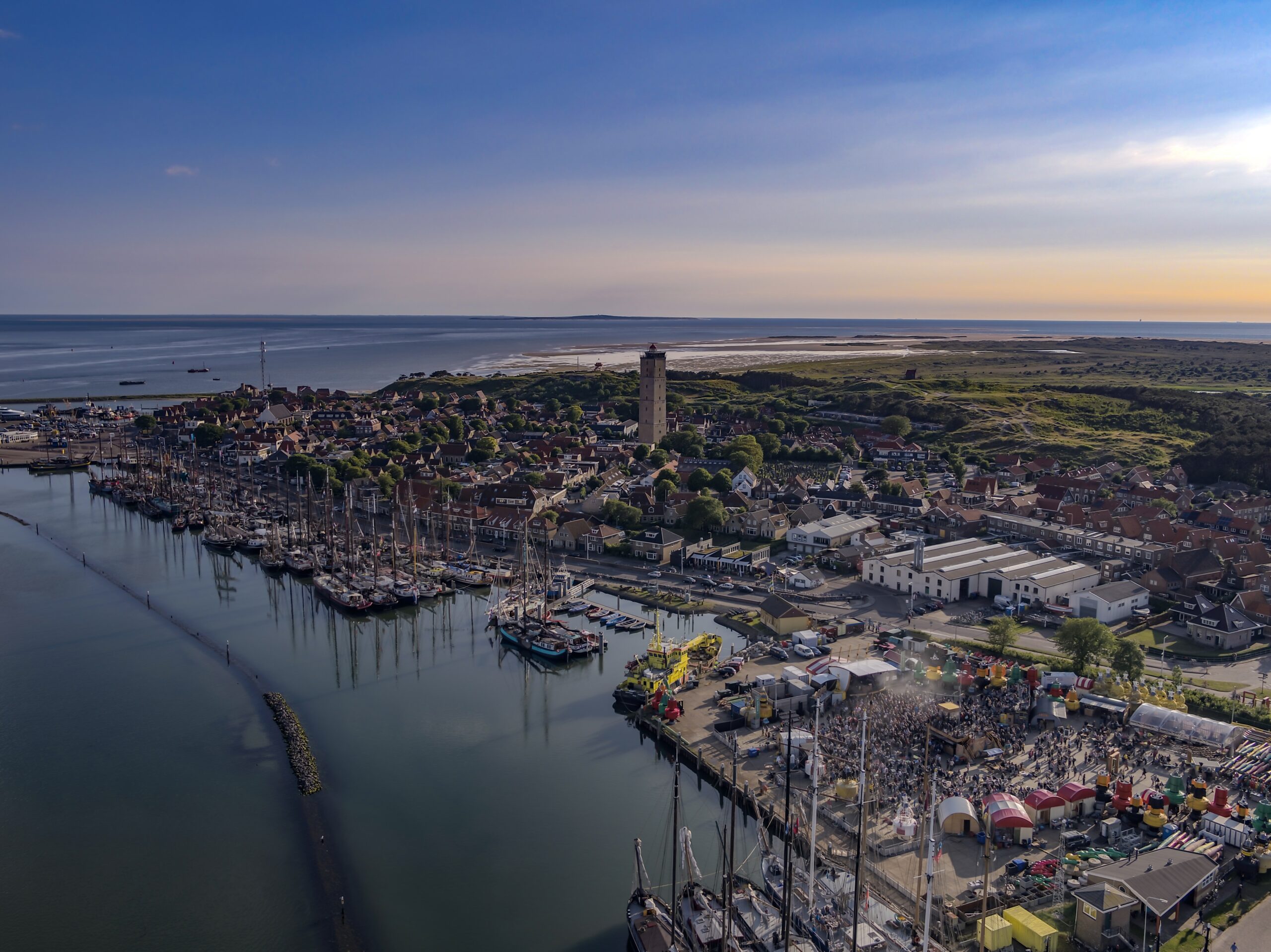
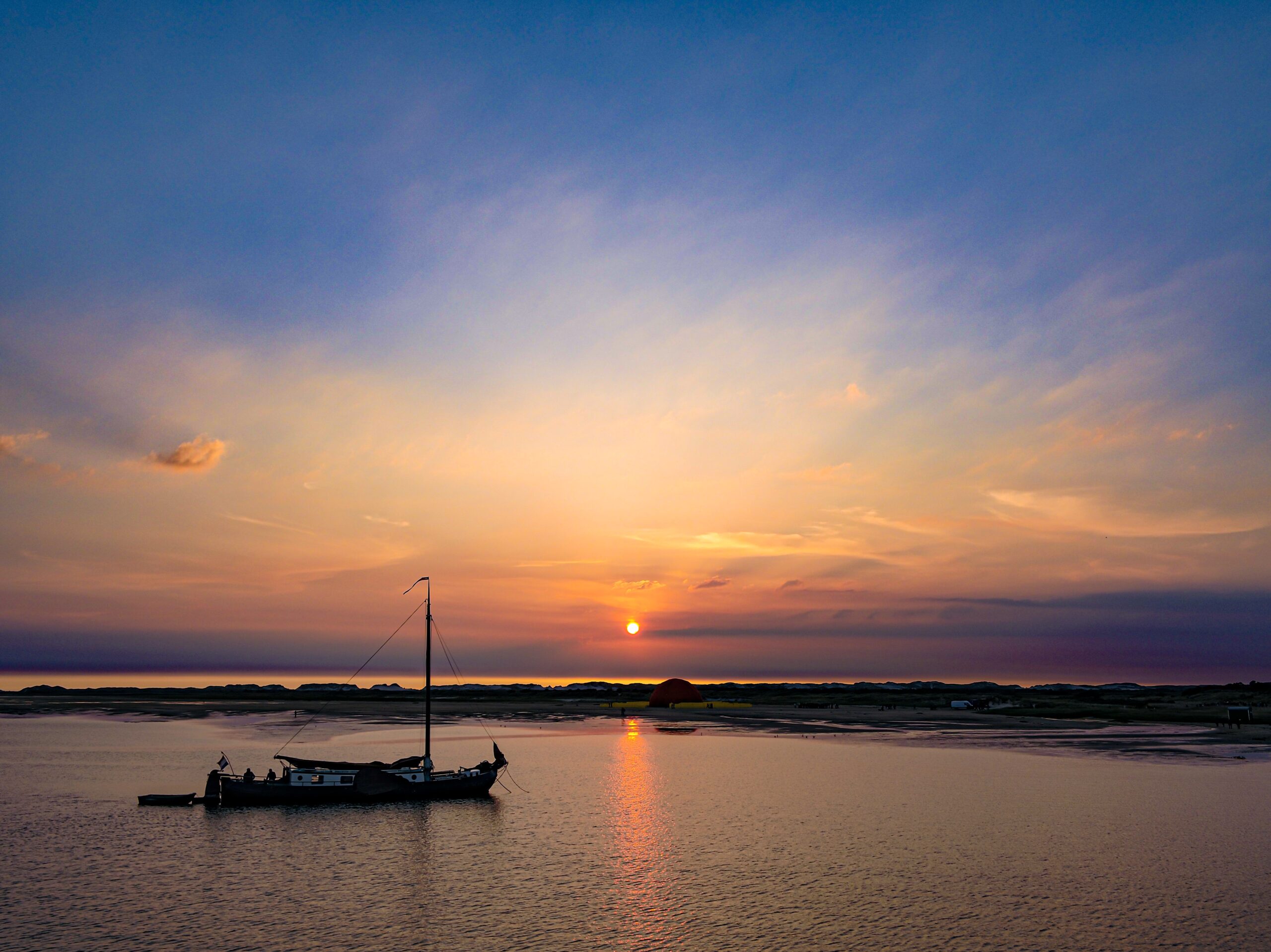
Population
With just under 5,000 residents, Terschelling is a cozy and tight-knit community. Spread across no less than 18 villages, most of which are accessible via a long road from west to east. The island is crisscrossed by roads from south to north, leading to the beaches and summer cottages, while bike paths meander through dunes, polders, and along the Wadden Sea.
Language
You might think, “Simple, Frisian!” but wait a moment, on Terschelling, we have not one, not two, but three language variants! In the west, West Frisian (Schylgers) is spoken, in the east, Aasters, and in Midsland, you’ll hear a Dutch dialect, Midslands or Meslonzers (comparable to Frisian spoken in the city). Don’t worry, they are used to tourists, so you can also get by with Dutch or English!
With about 20% more sunshine hours than the Dutch average (and 20% less rainfall!), Terschelling is the ideal destination for a well-deserved break!
Juttersbitter
Juttersbitter is more than just a drink; with its spicy aromas and deep amber color, it evokes memories of the connection to the sea. The word ‘jutter’ refers to beachcombers, people who roamed the coasts and beaches, searching for washed-up objects and treasures lost by ships. This herbal liqueur contains notes of juniper, cloves, and cinnamon, perfect for sharing by crackling fires and summer evenings.
East vs. West
On one side, you have West-Terschelling, where they have a deep connection to the sea. And on the other side lies East-Terschelling, where farmland is sacred. Even on a small island with fewer than 5,000 inhabitants, this can lead to disagreements. In 1612, the conflict escalated to the point where they decided to divide the island (administratively) in two. Fortunately, after some French occupation and time, they came to their senses and merged back into one administrative unit.
An island with history
With a rich history dating back to the Middle Ages, Terschelling has played an important role in numerous historical events over the centuries. From the merger of De Schelling and Wexalia to its strategic role during World War II, the island has a rich and varied history.
Boschplaat & Dark Sky Park
Located at the eastern tip of the island is the Boschplaat, a nature reserve spanning an impressive 50 km². You won’t quickly run out of places to explore there! At night, it’s truly dark, allowing for excellent stargazing. Because this is rare in the Netherlands, the Boschplaat was declared a Dark Sky Park in 2015.
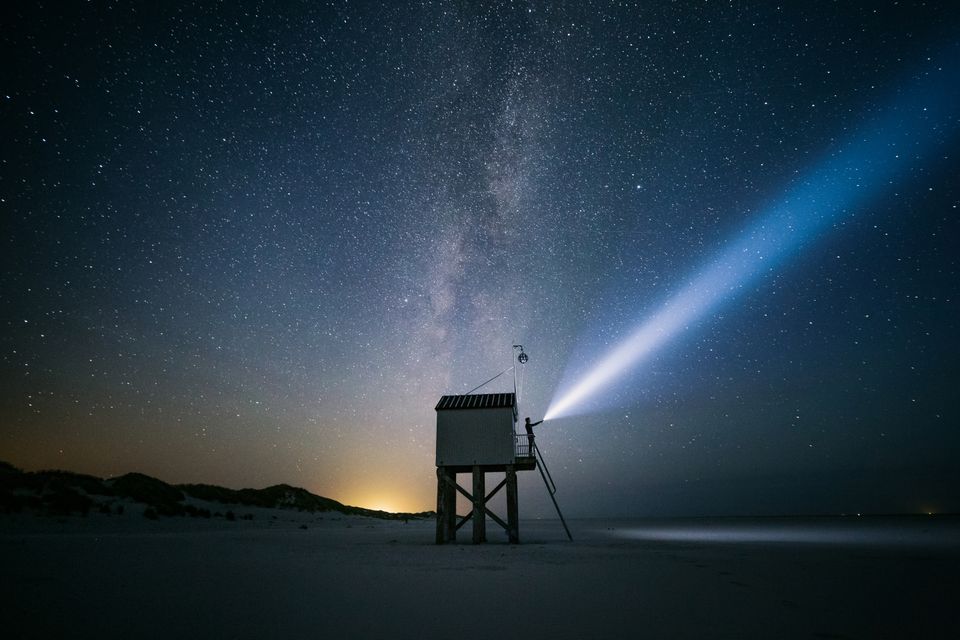
Cranberries
From cranberry jam to cranberry beer, these small red fruits are processed in all possible ways in local dishes and products. But why? According to legend, in the 19th century, a barrel of cranberries washed ashore after a shipwreck. The fruits survived and thrived among the dunes of Terschelling, and since then, they have become indispensable.
Traditions
In the villages of East-Terschelling, each village has its own council, ‘the neighbours’, which tries to solve the problems in the village – and logically, you do that best while enjoying a beer. Business issues are addressed during a meeting called Mantsjebier. Other issues are discussed during the Burebier. In the villages of East-Terschelling, there is also a deep sense of neighbourly duty. This extends from helping with the construction of houses to organising the funerals of deceased villagers. The tradition of going into nature with a horse and cart is called “Op e Riid” on Terschelling. Terschelling has a lively choir and folk dance culture. And in 2005, the small West-End Theater opened. With that, Terschelling also got its own stage with 47 seats.
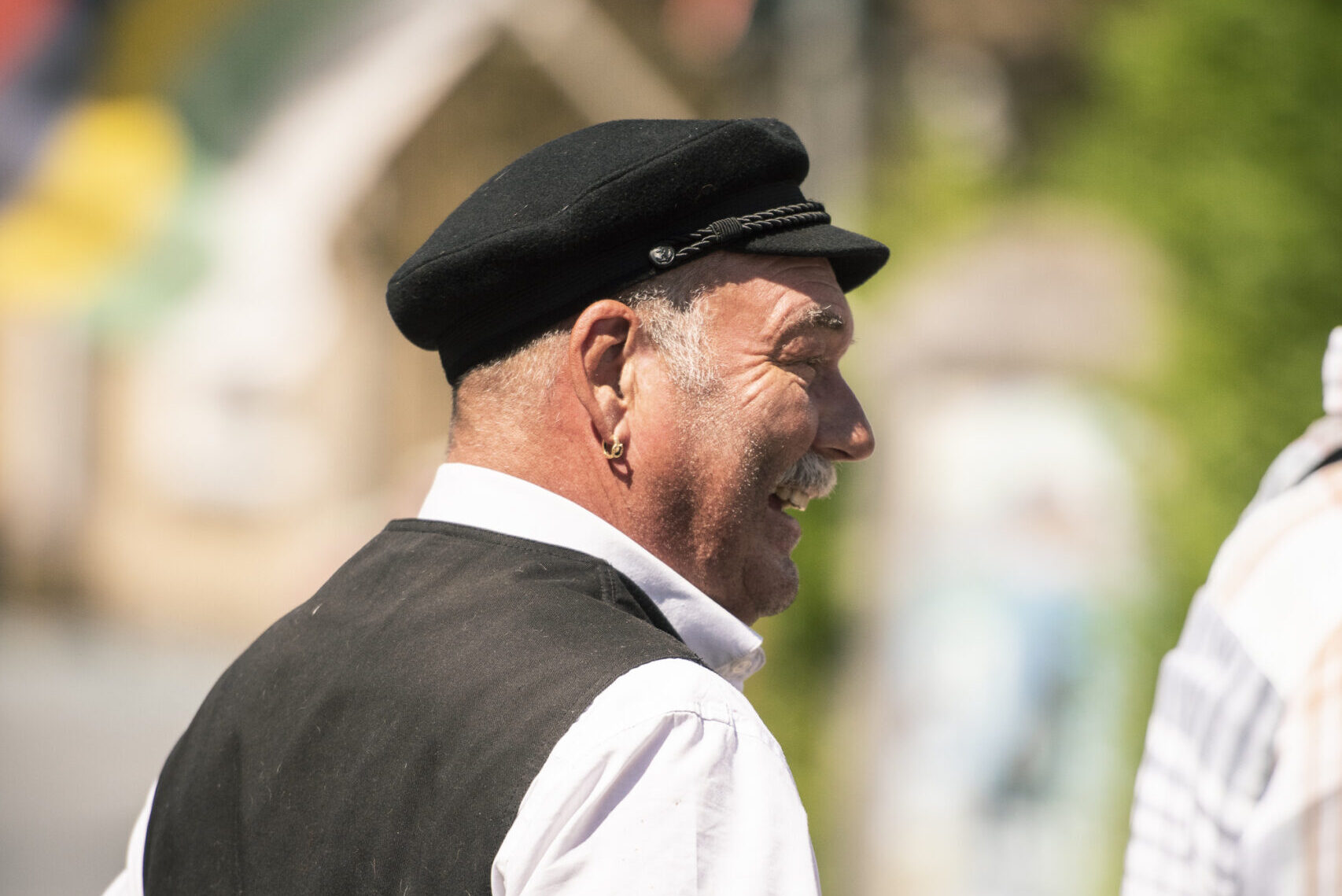
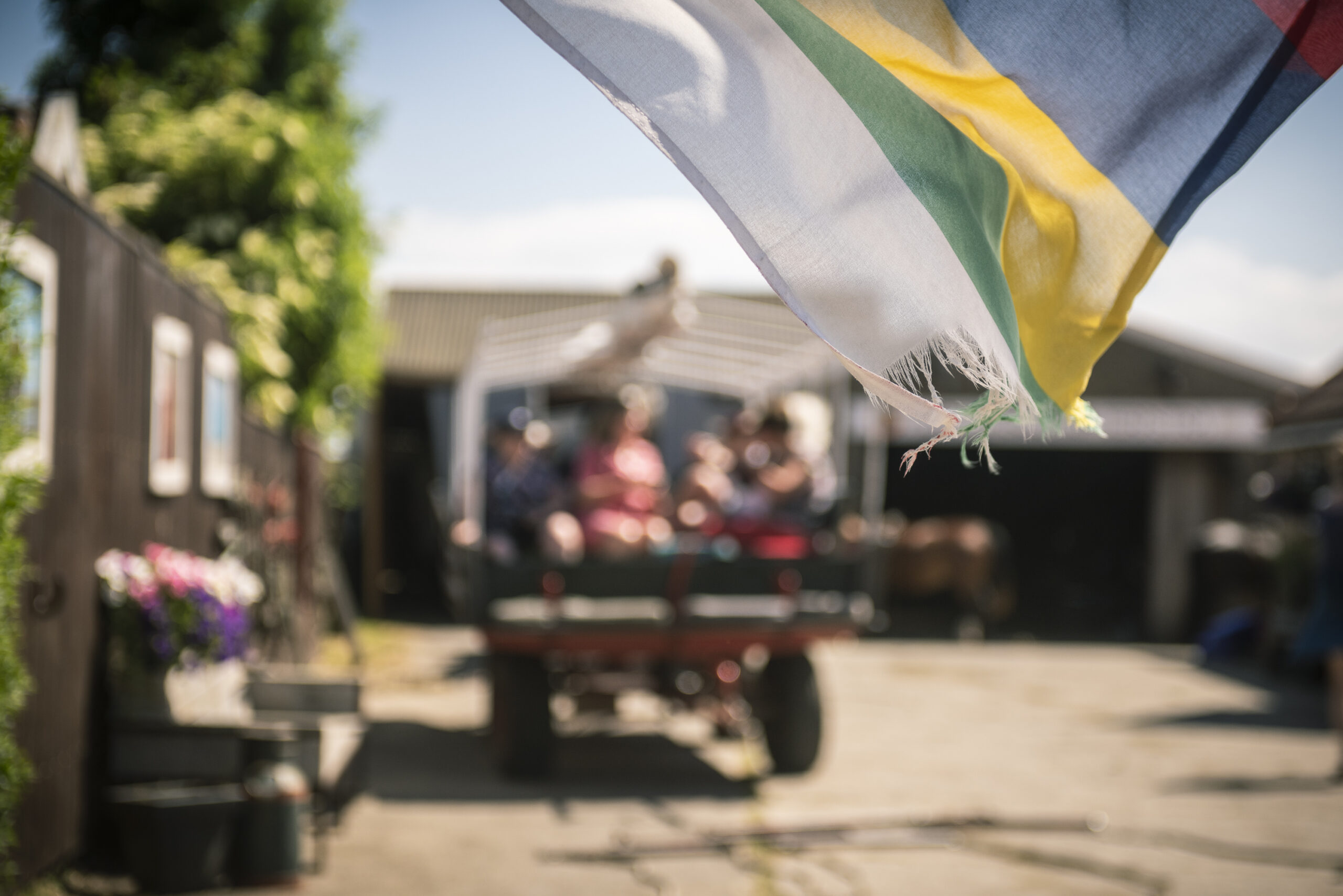
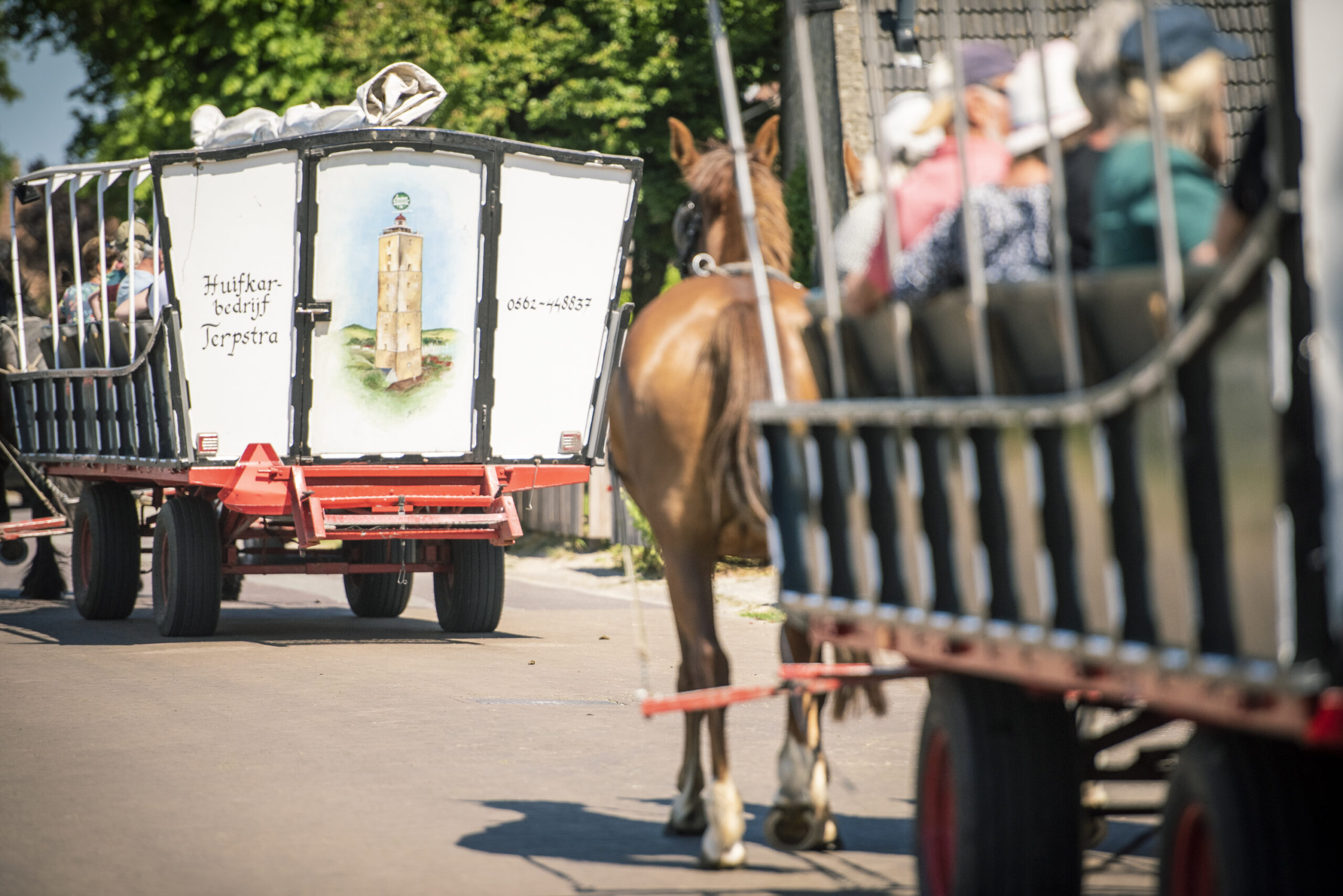
Events
Of course, we all know about that ten-day festival that appears annually in June on Terschelling, but there are many more events on the island. Think, for example, of the Fjoertoer, the Meivuur, the HT-Sailing Race, and the Terschelling Open Air Film Festival (TOF).
Sights
Even beyond Oerol, there is plenty to experience on Terschelling. In addition to the unique nature, the island has numerous sights. Think, for example, of the Brandaris in West, the lighthouse that has been towering above the rooftops as a symbol of the island for more than 400 years. But there are also many monuments, viewpoints, and special places such as the Drenkelingenhuisje or the Wierschuur.
Flag of Terschelling
You come across the flag of Terschelling everywhere on the island. Red, blue, yellow, green, white. But what do these colors represent? In 1932, a rhyme was created by islander Gerrit Knop:
Red are the clouds,
Blue is the sky,
Yellow are the stalks,
Green is the grass,
White is the sand,
Those are the colors of Schellingerland.
